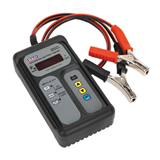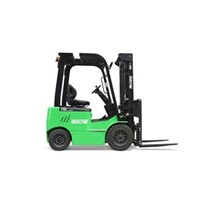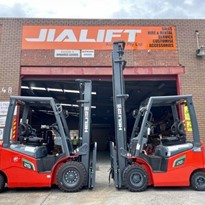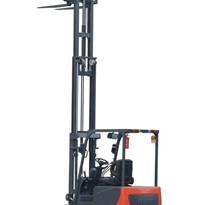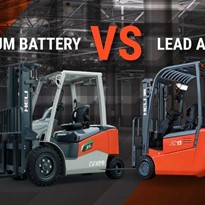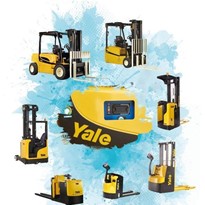It also represents an investment and asset that the business operations will heavily rely on. It is therefore imperative as business owners to consider the type of forklift when making a purchase decision making it an integral part of the overall buying process.
Don’t Require Watering
The lithium-ion battery is sealed shut in a protective case, requiring little upkeep. In comparison, lead acid batteries are filled with sulphuric acid and water generating electricity through a chemical reaction of lead plates & sulphuric acid. Those batteries require regular water filling and chemical processes degrade the battery leading to an early failure. Battery watering also comes with safety hazards, requiring great care from workers to minimize risks, such as topping off water after full charge, cooling down and being careful not to overfill. When in use, you must pay attention to water levels to account for water level changes. If a spill does occur, the highly toxic sulphuric acid within can splash or spill onto the body or eyes causing serious injuries, while lithium-ion batteries perfectly avoid this risk.
No Separate Charging Station Required
Lead acid batteries require constant monitoring and a separate charging station to minimize risks. Overheating causes build up of dangerous gases, enhancing risk of explosions causing property damage, worker injury or worse. Therefore, lead acid batteries need a space with adequate ventilation and crews always need to constantly measure gas levels as they have to ensure that hydrogen and oxygen gas levels do not rise to hazardous levels.
If lead acid batteries aren’t charged in a safe space with proper precautions in place, it is very hard for personnel to notice the odourless gases that are flammable in nature. It can potentially be fatal if they are in proximity of an ignition source, worse if they are in an unprotected space. While lithium-ion battery powered machines don’t need it because they don’t emit potentially harmful gases when charging, it also makes them easier to charge as operators can plug the machine directly into the charger without the need to remove the battery from the forklift.
Forklift Related Injuries Become Minimal
Lead acid batteries have to be removed for charging, it also has to be done several times a day especially when owning multiple forklifts and/or operating them over multiple shifts. The reason is that lead acid batteries last approximately six hours per charge. The total charging duration is around 8 hours as we need to consider the charging and cooling down period. This means that the battery is powering the machine for less than one shift.
Battery swapping can also be dangerous because of the weight of the battery and how it is done. Lead-acid batteries can weigh upto 2000 kgs, requiring multiple personnel and material handling equipment to assist with the swapping. Lithium-ion batteries do not require any such activities as they remain within the machine while charging. They also have an opportunity charging feature, and can last for around 7-8 hours before recharging is required.
Ergonomic Risks Are Minimized
Most forklift batteries require material handling equipment for removal because of their weight, some smaller forklift batteries can be removed by employees. In general, lithium ion batteries weigh less than lead acid batteries. Lower weight means lower ergonomic risks among workers. Besides weight, correct handling and lifting are essential to maximise safety. It includes positioning the body as close as possible to the battery before lifting and bending the knees slightly before lifting and lowering a battery. Another recommendation is taking assistance from your colleagues and using lifting devices if necessary.
BYD Safety Features
BYD ensures safety and stability by ensuring all batteries undergo a series of extreme tests like overcharging, over discharging, short circuit, oven heating, crushing and burning, etc.. A combination of reliable scientific capability and rigorous testing process ensure highest safety and excellent performance of BYD’s lithium iron phosphate battery.
Standard safety features include LED headlights, full colour digital display, hill hold feature and advanced telematics. They are also programmed with features that automatically reduce speed while turning, brake assist system and overhead protection.
The operator presence system, anti-skid pedal and grilled like overhead guard, clear view mast that offer a better field of vision assist in operators using the forklift safely.
Braking Assist system, tilting protection at height, overhead protection and power-off protection helps forklift operators to safely navigate tight spaces while lifting heavy loads.
Final Thoughts
Lithium-ion batteries offer various benefits, they range from increasing efficiency and improving overall workflow. The lithium-ion battery design prioritizes safety in operations promoting features such as temperature control, simple charging and no watering requirements.



-160x160-state_article-rel-cat.png)


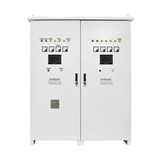
-160x160-state_article-rel-cat.png)



